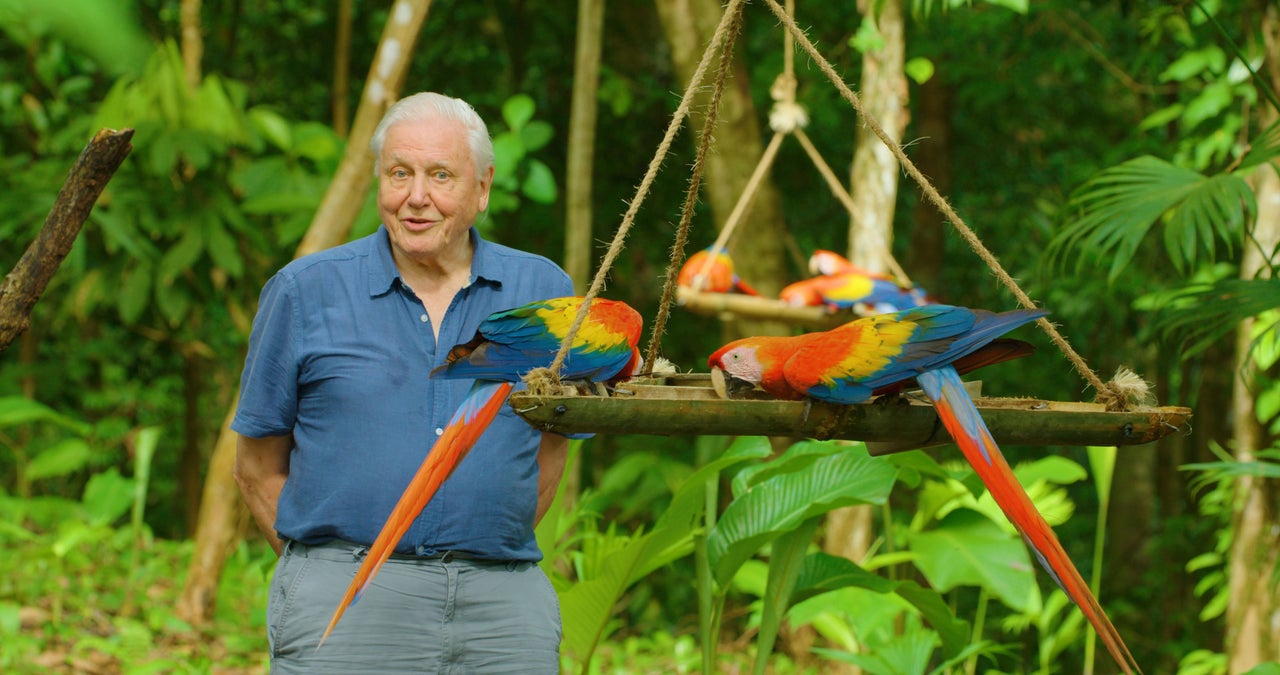In his new BBC series, Sir David Attenborough explores a lifelong passion he’s never previously documented on TV before: colour.
“He was absolutely thrilled and excited, and that was lovely because that meant it was a subject he was hugely interested in,” explains Sharmila Choudhury, executive producer on new BBC series David Attenborough’s Life In Colour.
“He tried to make a series about colour right at the beginning of his career in the early fifties, but at the time there was no colour television.”
The two-part series reveals for the first time how animals view colour and how in some cases, their world looks entirely different to the world we see.

Viewers may feel equally excited, because the veteran broadcaster appears on location with animals – something he hasn’t done in several years. Exotic shoots took place in far flung destinations including Costa Rica, where he delivers lines alongside an A-list line-up of co-stars: Macaws, hummingbirds, and frogs.
“We haven’t seen him with animals for quite a while now,” says Sharmila. “You’ll enjoy it just from the amount of David there is. I think he’s really extraordinarily good when he’s interacting with animals and his passion for the subject really shines through.”
The episodes reveal the mind blowing ways animals use colour for survival. They change colour to protect themselves from prey, attract mates, hunt, to trick and to manoeuvre – or to find the strongest food source.
“We hope this’ll give people a new perspective and understanding of the natural world, something they haven’t talked about or known about before,” says Sharmila.
Startling scenes depicting the secret world of colour animals experience were shot using some cameras developed specially for this series.

In one memorable encounter, a group of vulnerable chital deer fail to see a tiger encroaching on their turf because their eyes can’t recognise its iconic orange stripes. It’s shocking to learn that their eyes cannot process the colour, but see a green-greyish tone instead. Of course, the tiger has a higher chance of making its kill by camouflaging itself until moments away from its prey.
Working in partnership with scientists at Bristol University, production company Humble Bee Films were able to reveal on screen how a tiger is seen by both human eyes and deer eyes.
“I think, like us, he was absolutely amazed,” says Sharmila of David’s response to the tiger scene – filmed in response to new research from Bristol University, which reveals how orange stripes help tigers discreetly approach their prey. “I think you’ll agree when you see the difference – how the tiger literally disappears – that is quite extraordinary.”
“We’re always trying to find new ways of telling stories about the natural world,” explains Sharmila, who has worked with David on documentaries for over 20 years.
“The one thing that struck us is that nature is so infinitely colourful and yet we tend to take it for granted. Have you ever thought about why tigers are orange or why zebras have stripes or why flamingos are pink? For us, the infinite variety of colours in the natural world, generally it’s wonder and beauty – but for the animals, it’s usually a tool for survival.”
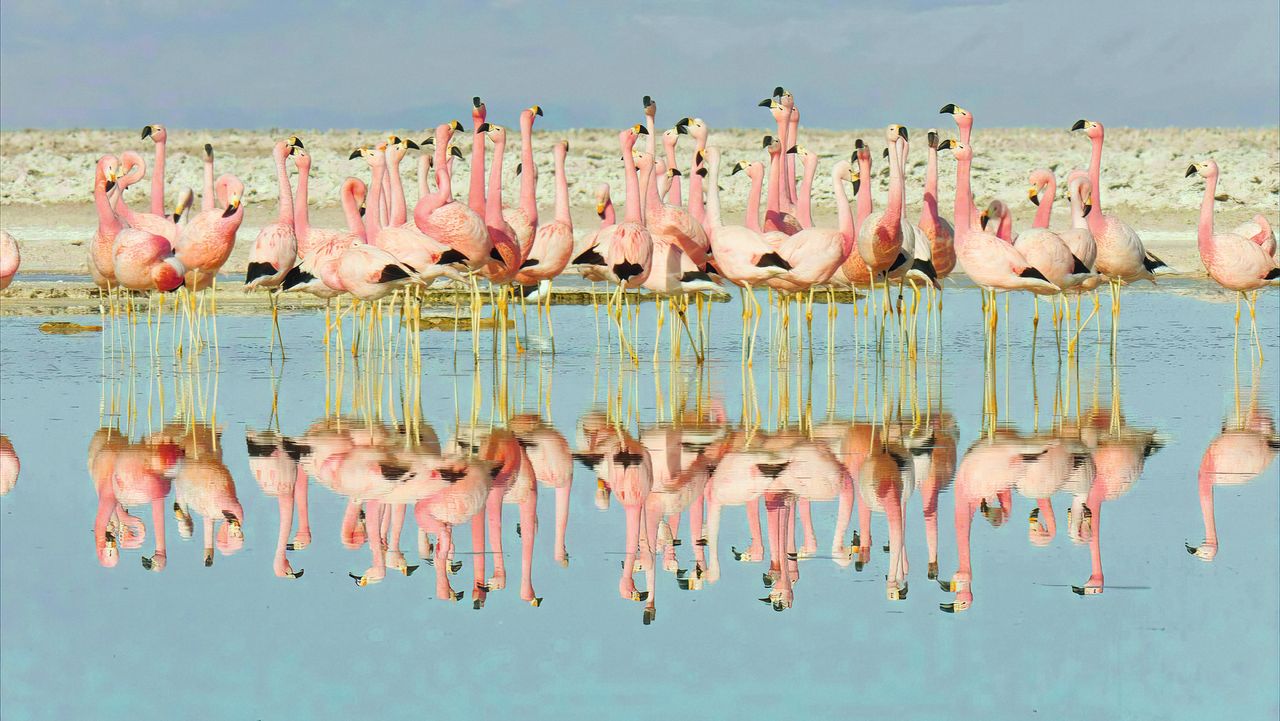
It’s a story that hasn’t been told before. “We’ve known for some time that many animals see colour very differently to the way we do,” continues Sharmila. “Some see fewer colours, there’s some mammals that have less colour receptors than we do, but then again there are birds and insects which see the same colours that we do, plus they see extra colours.”
Pioneering ultraviolet and polarisation cameras helped the crew capture the most astonishing scenes, revealing colours viewers couldn’t ordinarily see with the naked eye. In one scene utilising new UV-camera technology, the crew capture a crab spider changing colour from yellow to white to mimic the flower it’s perched on to catch its bee prey.
In another, polarisation camera technology helps us understand more of the world from the perspective of a mantis shrimp, which has a staggering 12 colour receptors in its eyes. By contrast, humans have only three.
Other sequences reveal how zebras use their stripes to employ a phenomenon called motion dazzle to confuse their prey, and cuban snails which practice polymorphism: appearing in many different colourful forms to confuse the birds that eat them.
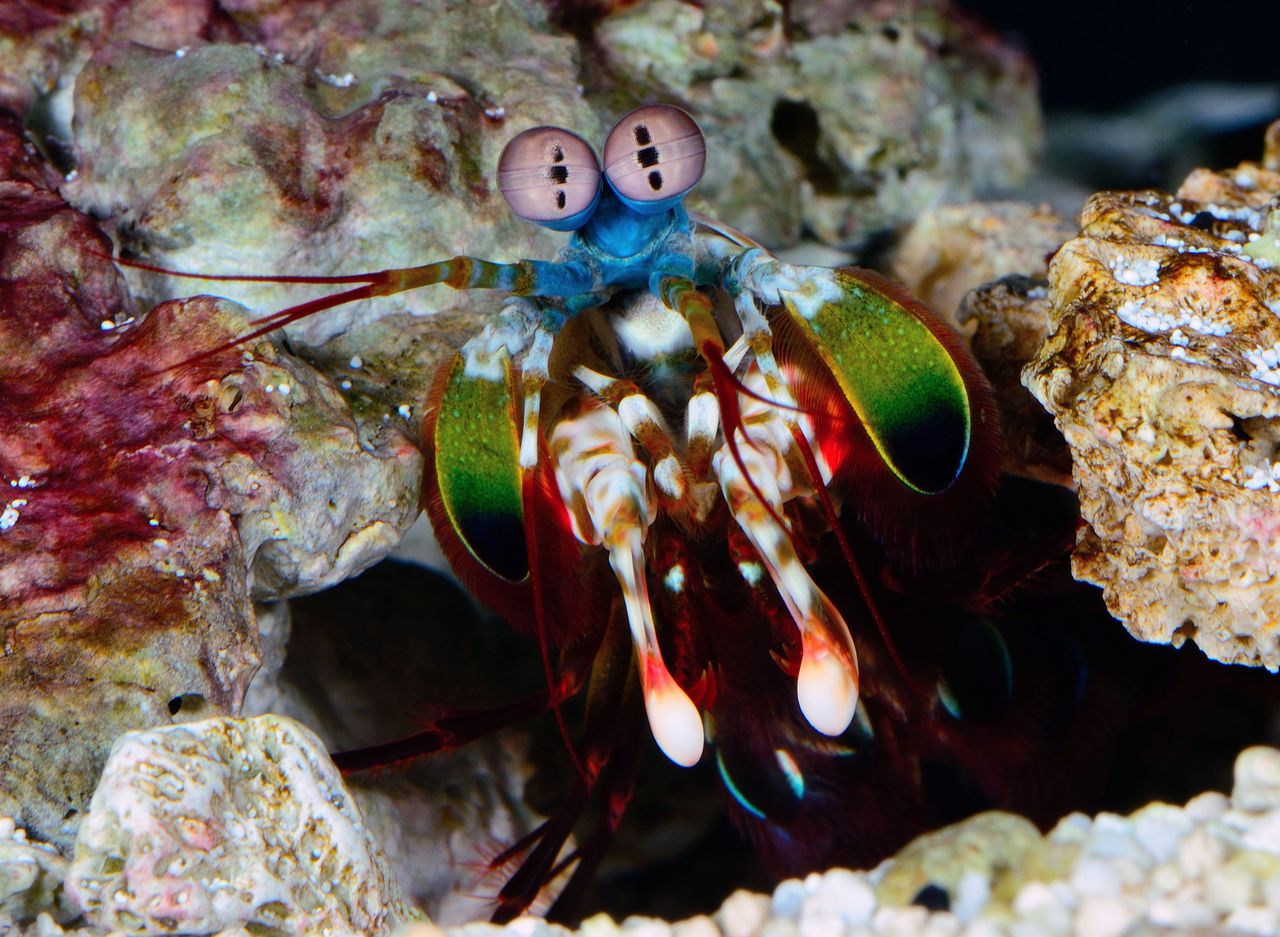
David’s 70-year interest in the story of the secret natural world of colour meant he was “completely involved” in the creation of the series from pre to post-production. “He has a lot of books on his book shelf about it, he reads scientific papers, he is very knowledgeable and that’s what makes him such an inspiration to work with, he really sets the standard for all of us,” says Sharmila.
In his nineties, he is absolutely up to scratch with the technology. “He has been involved in discussions about cameras we were going to use, he knows many of the scientists we’re working with himself.”
While Sharmila and the team say they were “very fortunate” David was keen to accompany them on shoots (other locations included the Cairngorm Mountains in Scotland and Richmond and Windsor parks), a number of stories from international territories had to be shelved due to the pandemic and replaced with scenes shot in the capital.
To keep safe during post-production, David installed a home recording studio. “A dubbing editor sits in his car, feeds a cable through his window to David’s dining room while the rest of the production team is back in Bristol,” explains Sharmila. “David hangs up all these duvets around the walls for extra sound proofing. It’s quite a remarkable sight.”
A home studio set-up might be the most ordinary thing about this extraordinary series, which is as escapist as it is educational and reveals so much little known information about the hidden ways colours can deceive, protect and bring strength.
More than that though, the series is a shimmering visual delight, revealing the incredible extremes of colour found both in plain sight and undercover.
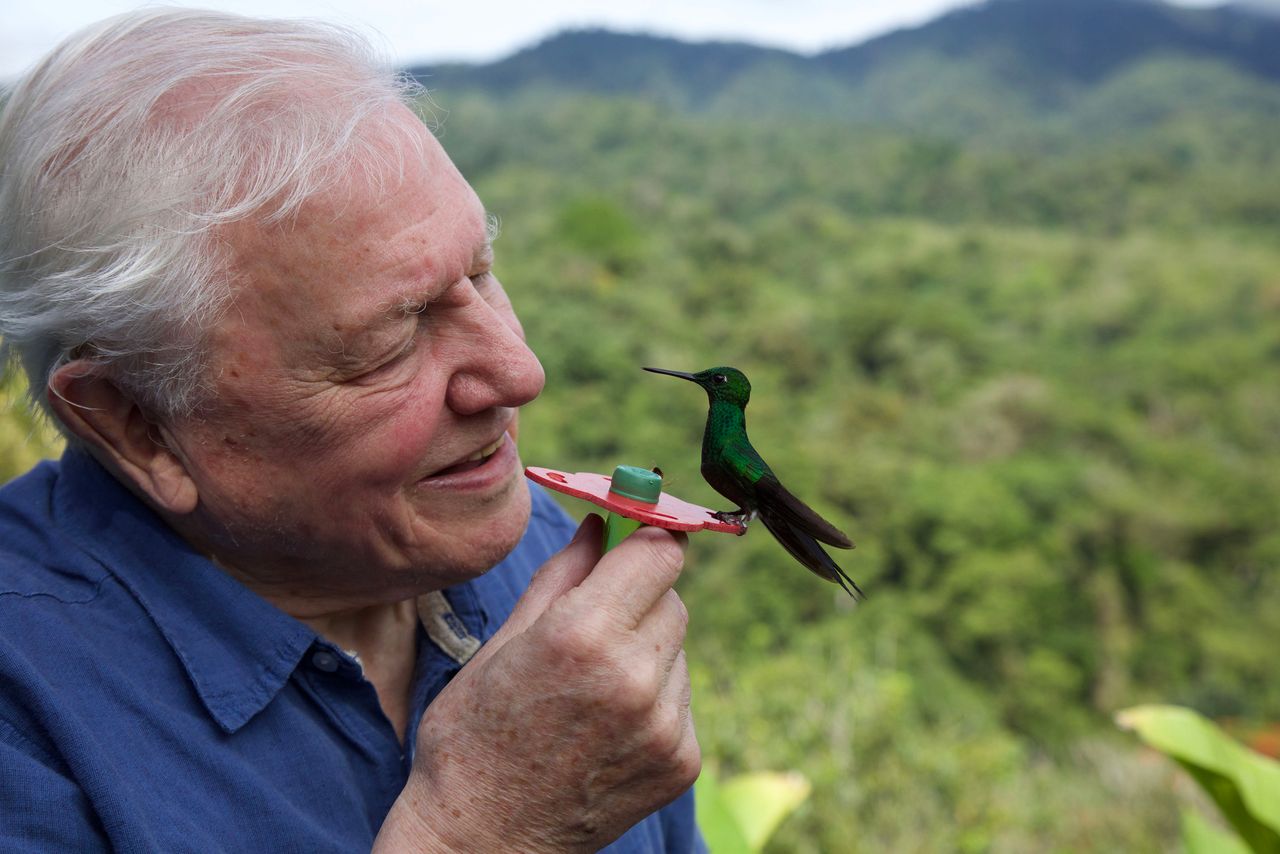
In its concluding segment, the ultraviolet greens of Australia’s Great Barrier Reef look unfathomable – it’s the latest surprising way nature is resiliently responding to climate change, given the detrimental effect increased heat has had on the reef.
When it comes to climate change, Sharmila says it was a very deliberate decision to not focus on it in this series. “You can’t just continue with doom and gloom messages in every single programme because it becomes wearisome and you lose the impact,” she explains. “Life In Colour has very little in there - that’s not part of the subject matter. I think sometimes people do need to see programmes that are about something else.
“At the same time when there are clearly stories that need to be told and are relevant, if we’re making a series about habitats, for instance, you need to point out that these habits are going, they’re gone.”
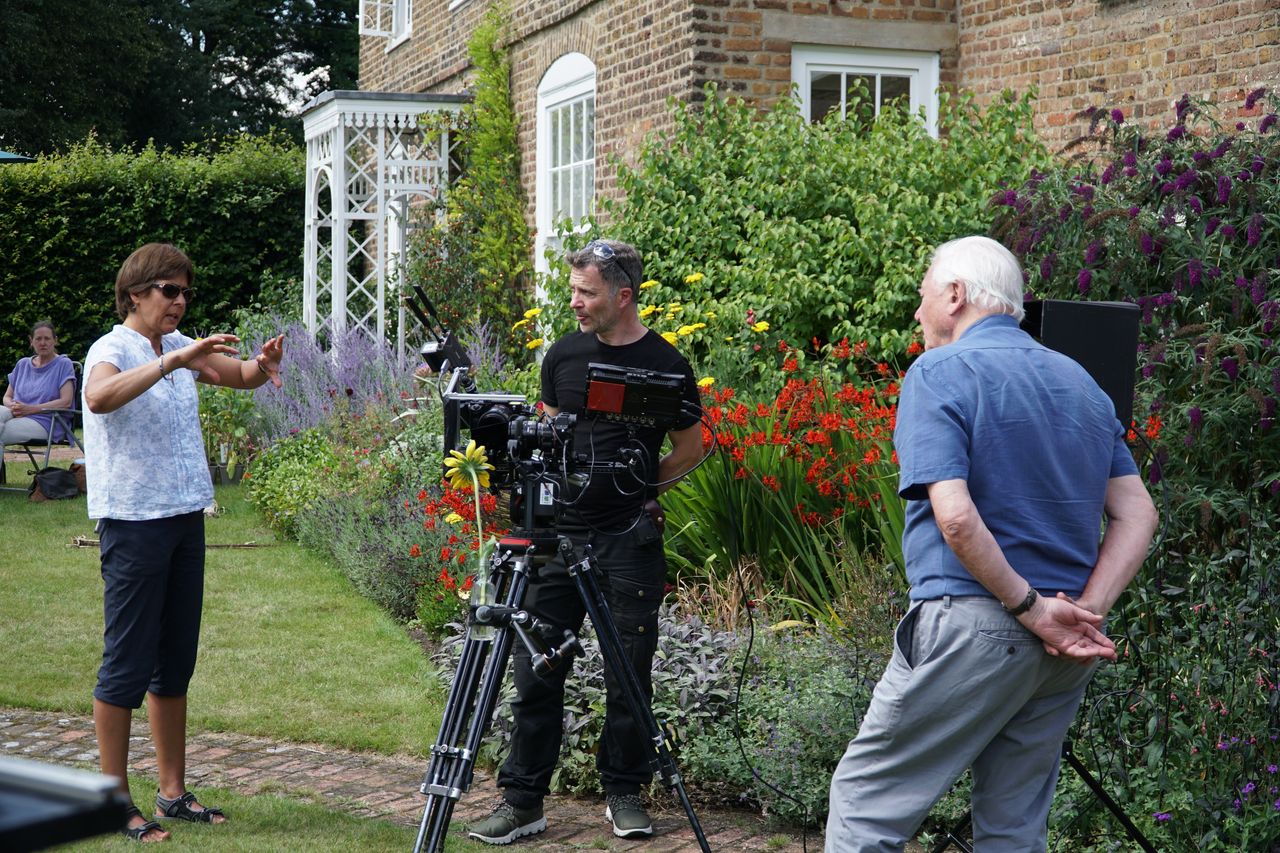
There’s plenty of other programmes for that – namely David’s recent masterstroke, A Life On Our Planet, filmed in part in derelict Chernobyl, a location which acts as a metaphor for the dystopian future we may face if climate action isn’t taken now.
But Life In Colour offers something different – as well as being a totally fresh perspective for a nature documentary, it is joyous to see the broadcaster back filming alongside the animals he so loves.
In these most trying of times, David Attenborough casting a cheery smile at a macaw and lifting a giant leaf to reveal a tiny poison dart frog is the tonic we all need.
